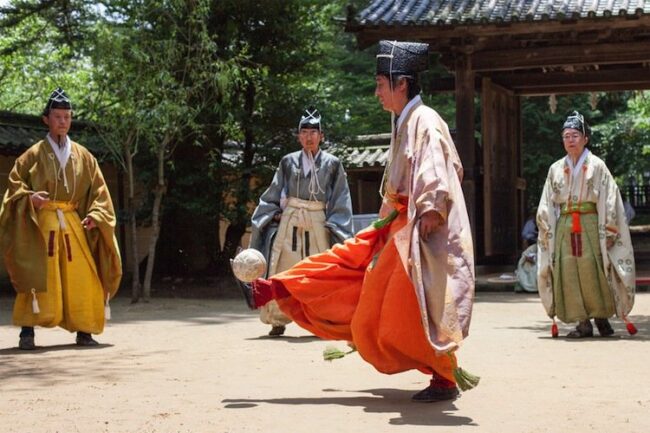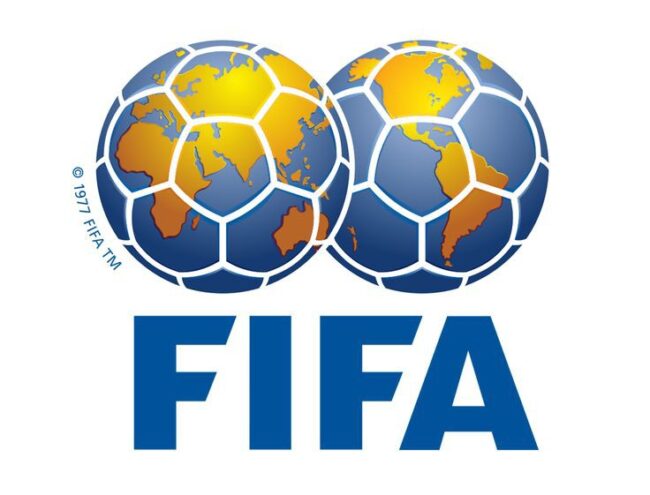Football is the most popular sport in the world. It spreads across all continents, with more than a billion followers around the world.
It also serves as a great means of entertainment with children found across the globe kicking a ball around, adults using it as a pastime while some take it up as a professional career.
The round-leather game has become a billion-dollar industry in modern times.
In this article, FootballOrbit brings you a brief history of the origin of football, otherwise known as soccer.
The origin of football can be traced back to ancient times, more than two to three thousand years ago.
Among the Mesoamerican societies, the Aztecs played a game called “tlachtli” around 3,000 years ago. The ball was made from bouncing rubber with players not allowed to use their hands, the game is much more similar to the modern day basketball and volleyball.
It also involved rituals, with the captain (or sometimes members) of the losing team sacrificed to the gods.
In China, it was known as “Cuju” or “Tsu-chu” (which means “kick the ball”) during the Han dynasty from 206 BC to 220 AD. The cuju was a ball made from stitched leather with fur or feathers inside.
It was mostly played by military personnel with the aim of scoring in between two bamboo poles while using the hand was prohibited.

From China, it spread to Japan around 600 AD where it was known as “kemari”. The kemari involved participants who formed a circle while kicking the ball with the aim of not allowing it to drop down — similar to the modern day keepie-uppie.
The kemari is still being played in Japan till date.

In Greece, the “episkyros” (“common ball”) was discovered around the 7th century. It was played with a ball filled with air and players can play it using their hands.
Among the aboriginal Australians, a game known as “marn grook” (“game ball”) was very popular.
In Ancient Rome, the “harpastum” was played by military men with each team trying to keep possession for as long as possible or sometimes scoring over specified lines.
It was alleged that it was from Rome that it was brought to Britain in the 12th century, where it was played on the roads and in fields.
In Britain, what later became more popular was a game known as “folkball” in which a pig’s bladder was played by a large number of people from one town to another with the aim of taking it to the house of the opposition captain, a church, town hall or any other landmark.
The folkball permits the use of the hand and it is rough and violent with punches being thrown and a lot of kicking, it usually resulted into damage and destruction of properties in the towns involved, injuries and even deaths.
The founding of association football and the modern game
Football became very popular in schools across England and there was the need to make it become less violent and to lay down official rules and regulations.
In 1848, students from the University of Cambridge along with students in other public schools in England came together to make some regulations that will later be referred to as the “Cambridge Rules”. But not everyone agreed with some of the rules (especially the prohibition of playing with hands) and another faction in Sheffield emerged with their own separate rules.
The Football Association (FA) was founded on the 26th of October 1863. The FA —influenced by some codes from the “Cambridge Rules” — laid out official rules and regulations for football in 1863.
Some of the regulations included; determining the official size and weight of the ball, introduction of fouls and total prohibition of the use of hands — which led to the separation of rugby from football.
The FA Cup was founded in 1872 while the Football League was established in 1888.

The Federation of International Football Associations (FIFA) was founded in 1904 by seven member countries namely: Belgium, Denmark, France, Germany, Netherlands, Spain and Switzerland.
By 1930, the membership of FIFA had expanded to 41 members and currently comprises of 211 members.
The first ever FIFA World Cup was hosted by Uruguay in 1930. The hosts defeated Argentina 4-2 in the final.
Some major evolution in football from the ancient to the modern game
- The old style of soccer involved plenty of people at once while the modern comprises of 22 players on the pitch at the same time, 11 from each team.
- Uniforms were not used in identifying the teams in the past, some participants even wear caps as heading/nodding was unknown then.
- The ancient style of football mostly produced low-scoring matches as it was difficult to score then, especially when it involved kicking the ball all the way from a town to another.
Some other major rules introduced in football are:
- Offside rule (1925)
- Penalty kick (1891)
- Substitution (1958)
- Yellow and Red Cards (1970)
- Goal-line technology (2012)
- Video Assistant Referee, VAR (2018).

The International Football Association Board (IFAB) — founded in 1886 — is the body that determines the Laws of the Game of association football.
Most popular football tournament/competitions
- FIFA World Cup
- EUROS
- AFCON
- Copa America
- UEFA Champions League
- UEFA Europa League
- English Premier League
- La Liga
- Bundesliga
- Seria A
- Ligue 1
- Copa Libertadores
Some of the best players in football history
- Pele
- Diego Maradona
- Johan Cruff
- Zinedine Zidane
- Cristiano Ronaldo
- Lionel Messi
- Franz Beckenbauer
- George Best
- Alfredo Di Stefano
- Michel Platini
- Ronaldinho
- Eusebio
- Gerd Muller
- Ronaldo de Lima
- Bobby Charlton


